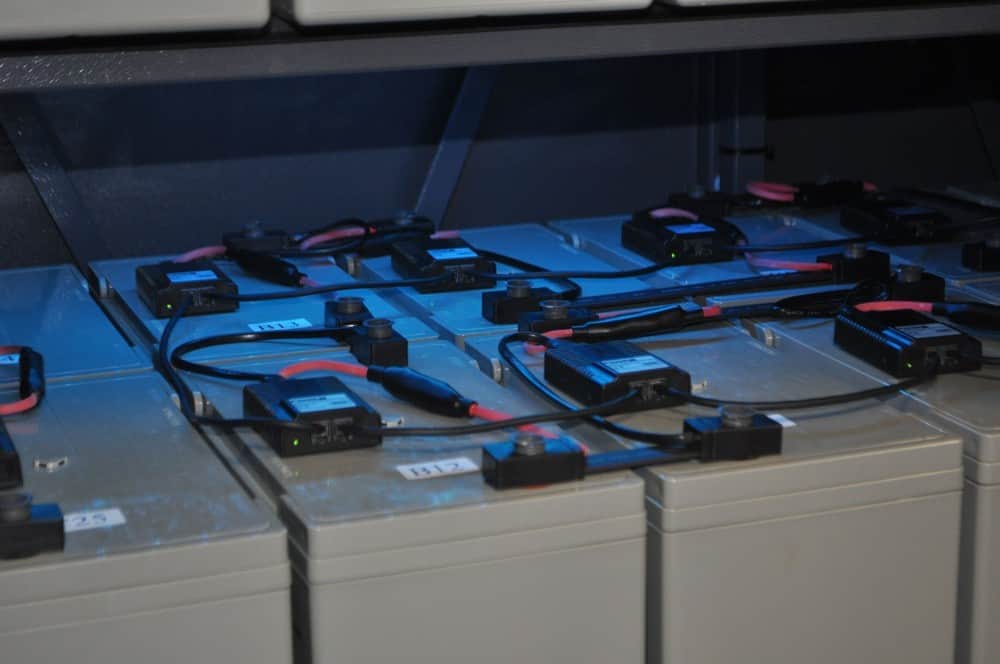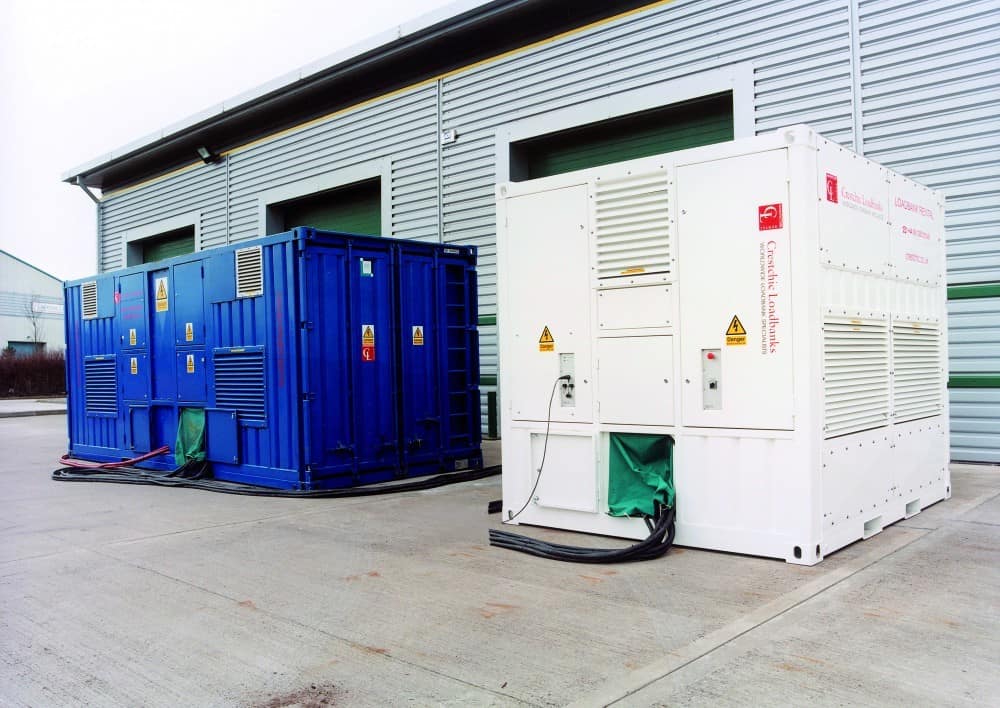UPS Battery Maintenance
UPS installations rely critically on an energy source to deliver back-up power supply if the mains supply fails or transgresses tolerance limits – and for installations of any size, lead-acid batteries, implemented using Valve Regulated Lead Acid (VRLA) design, are still the most economical and popular energy source available. However all batteries have a finite operating life, and will eventually fail.
Therefore, UPS operators must accommodate this reality by setting up an effective UPS battery maintenance strategy, firstly to prolong the batteries’ life as much as possible, and secondly to monitor their UPS batteries health; detecting and resolving impending problems before they escalate into loss of power to the critical load.

What are the threats to battery health
Prolonging UPS battery life starts with an understanding of the problems that can compromise battery health; these can then be eliminated or at least minimised. Leaving a battery in a discharged state for extended periods of time, for example, can cause lead sulphate crystals to form, inhibiting recharging and preventing normal battery operation. Batteries in this state can sometimes be recovered by charging at an especially high voltage and severely reduced current. In extreme cases, discharging becomes deep discharging, ultimately leading to the battery being scrapped as repair become impossible.
Overcharging is another problem, and one that can easily occur because optimum charging levels are not fixed, but depend mainly on interrelated voltage, temperature and current factors. A high overcharge current can lead to internal corrosion and shorten the battery’s life. Ambient temperature is another factor, and should normally be kept close to 20°C. Higher temperatures can shorten the battery’s life and possibly lead to thermal runaway and battery swelling. If this happens, the battery must be replaced.
Any AC voltage superimposed onto the DC charging voltage is known as AC ripple, and can adversely affect the battery’s useful working life.
Good UPS battery charging system designs take these factors into account and protect the UPS batteries accordingly. However UPS manufacturers cannot control the environment or the ambient temperature their systems are subjected to. Although this problem has been reduced by modern, efficient UPSs with lower heat output, UPS users must take care not to expose their UPS systems to excessively high ambient temperatures.
How to Check UPS Battery Health
Good UPS design and installation must be complemented by regular scheduled maintenance and, ideally, continuous UPS monitoring. UPS Battery Maintenance includes electrical checks such as noting open-circuit battery voltages and verifying that the UPS float voltage is correct. Mechanical checks and repairs should cover inspection of battery terminals and connections for corrosion, batteries for cracks, leaks or swelling, tightening the intercell connections to manufacturer’s specifications, cleaning, and removing any debris.
As mentioned, awareness of impending as well as actual problems is essential. One major tool available to UPS users is impedance testing, which works because battery impedance increases slightly with age, and more significantly as a result of fault conditions. Any UPS battery, or string of batteries showing an impedance significantly greater than others in the UPS installation is suspect and should be examined more closely and possibly replaced.
Load bank testing is also useful in determining the battery capacity, but it involves taking the UPS batteries off line. Additionally, it can be disruptive and expensive to conduct, and can sometimes harm the batteries.
Load Bank Testing
Web-based monitoring and control
A Web-based package such as KUP’s PowerNSURE can be used to guarantee battery availability at all times. With continuous UPS monitoring, PowerNSURE checks the internal resistance, temperature and voltage of every battery sequentially. It also uses an equalisation process to correct the charging voltage operating range, preventing gassing, dry-out and thermal runaway. Battery life is extended, and UPS battery problems are highlighted before failure occurs.
For more information on UPS battery maintenance please contact our team and follow us on LinkedIn for regular industry articles & company information.





